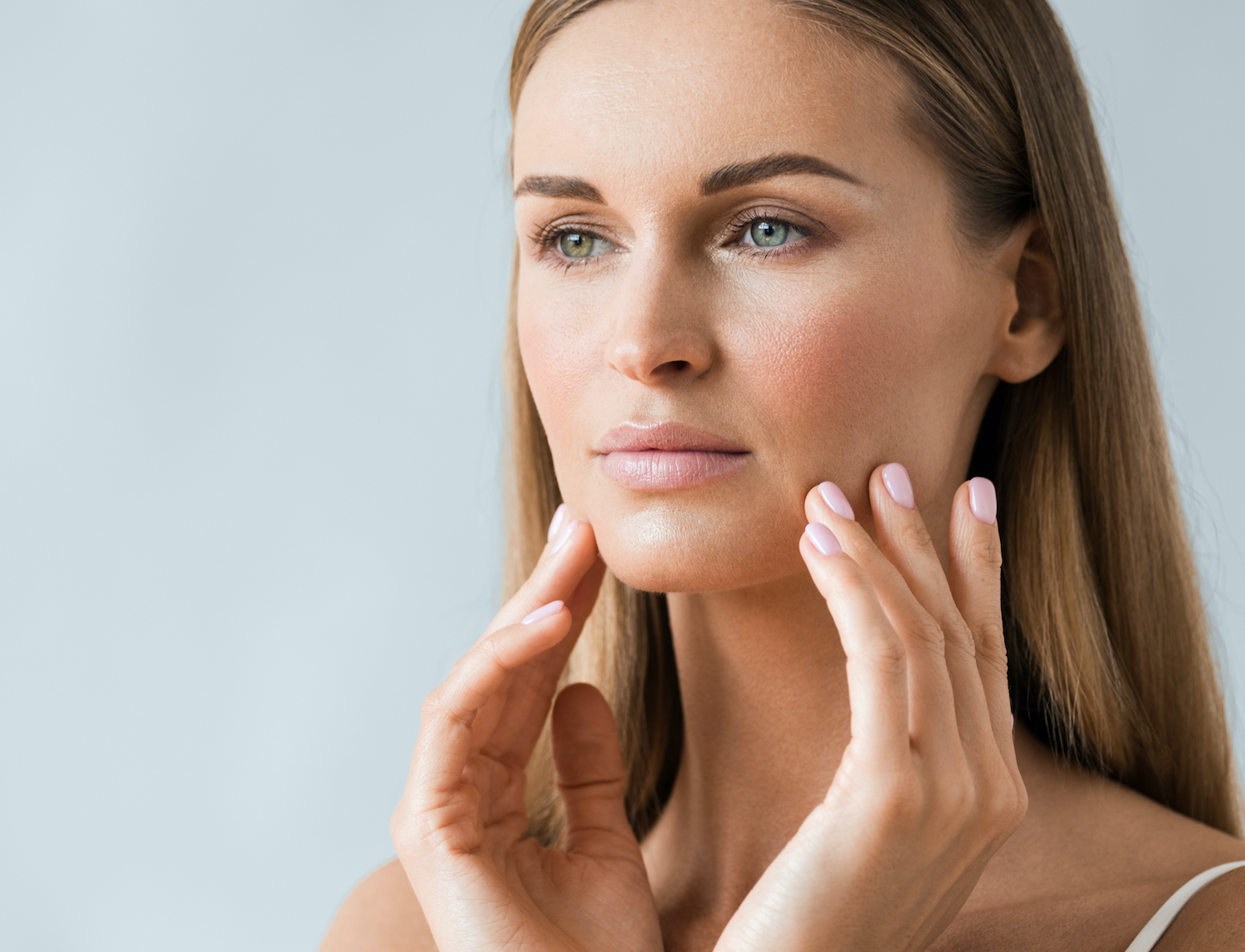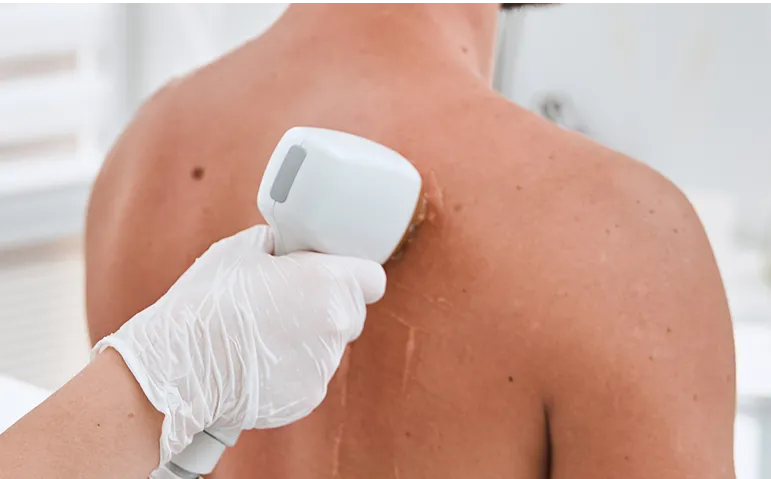Let’s face it we all want to look fresher, feel more confident, and slow down the signs of aging. Whether it’s thinning hair or tired-looking skin, many people are searching for options that feel natural and actually work. That’s where PRP and PRF treatments come in.
You may have heard of these buzzwords in skincare or hair clinics, but what do they really mean? And more importantly, which one is better for you?
Let’s break it down in simple, clear language with no medical jargon so you can understand what these treatments are, how they help, and how to choose between them.
First Things First: What Are PRP and PRF?
Both PRP (Platelet-Rich Plasma) and PRF (Platelet-Rich Fibrin) are treatments that come from your own blood. That might sound a bit strange, but here’s why it works: your blood contains powerful growth factors that help heal wounds and regenerate tissue. These same growth factors can be used to stimulate hair follicles and rejuvenate skin.
The process is simple:
- A small amount of your blood is drawn.
- It’s spun in a centrifuge to separate the useful parts.
- What’s left is a concentrated mix that’s injected into your scalp or skin.
But while they start the same way, PRP and PRF aren’t identical.
What’s the Difference Between PRP and PRF?
Think of PRP as the first generation and PRF as the upgrade.
- PRP is spun at a higher speed, which separates platelets quickly but also removes some of the white blood cells and stem cells.
- PRF is spun more gently, keeping more of the good stuff platelets, white blood cells, and stem cells all held together in a fibrin matrix (a kind of natural scaffold). This allows for slower and longer release of growth factors.
In short
- PRP = faster release, short-term effect
- PRF = slower release, longer-lasting effect
PRF is also 100% natural; it doesn’t use any additives like anticoagulants, which are commonly used in PRP. This makes PRF a better option for people who prefer a more natural approach.
How Do These Treatments Help With Hair Loss?
If your hair has started thinning or shedding more than usual, PRP for hair and PRF for hair can be great non-surgical options to help wake up those sleepy follicles, improve scalp circulation, and support healthier, fuller growth over time.
PRP for Hair:
- Boosts blood flow to hair roots
- Activates dormant hair follicles
- Works best when hair loss is in early stages
- Quick to perform, and results usually appear after 3–4 sessions
PRF for Hair:
- Has more growth factors and stem cells
- Works slower but stimulates deeper repair
- Often requires fewer sessions over time
- Great for long-term hair health and density
PRF tends to be more effective for people who want stronger, longer-lasting improvements, especially if they’re dealing with chronic thinning.
And What About Skin Rejuvenation?
Here’s where things get even more exciting. PRP for face and PRF for face are widely used for under-eye hollows, fine lines, uneven skin texture, and that tired, dull look we all get from time to time. You might’ve heard of the “vampire facial” that’s PRP for face, often paired with microneedling to enhance radiance and skin renewal.
PRP for Face:
- Stimulates collagen
- Improves skin tone and elasticity
- Good for a quick refresh
- Works well with microneedling for added glow
PRF for Face:
- Releases growth factors slowly over time
- Adds subtle volume under the eyes and across the face
- Ideal for delicate areas like under-eye bags or early sagging
- Results look more natural and tend to last longer
PRF is often preferred when you’re looking for gentle, long-term rejuvenation especially in sensitive areas where fillers might not be suitable.
PRF vs PRP: Quick Comparison Table
|
Feature |
PRP (Platelet-Rich Plasma) |
PRF (Platelet-Rich Fibrin) |
|
Processing Time |
Fast (high-speed centrifuge) |
Slow (low-speed centrifuge) |
|
Additives Used |
Uses anticoagulants |
100% natural, no additives |
|
Platelet Release |
Immediate release |
Slow, sustained release |
|
Fibrin Matrix |
Absent |
Present – forms a fibrin scaffold |
|
Longevity of Effect |
Shorter-term |
Longer-lasting effects |
|
Best For |
Boosting initial results quickly |
Gradual, long-term rejuvenation |
So… Which One Should You Choose?
There’s no one-size-fits-all answer.
- Choose PRP if you’re looking for a faster fix, don’t mind regular top-ups, or are trying this kind of treatment for the first time.
- Choose PRF if you want something natural, longer-lasting, and are ready to invest in deeper, more sustainable results.
Some clinics even combine both starting with PRP to jumpstart the process, then switching to PRF for maintenance.
The best choice always comes down to your goals, your timeline, and your body’s unique response. A personalized consultation can help you decide which direction to take.
Final Thoughts: Regeneration That Feels Like You
PRP and PRF are both powerful tools but they’re not just about looking younger. They’re about feeling confident in your skin, seeing your hair come back to life, and choosing a path that works with your body, not against it.
If you’re noticing early signs of aging, hair thinning, or tired skin, these natural treatments offer a safe and effective way to rejuvenate without surgery, harsh chemicals, or long downtimes.
Whichever path you choose PRP or PRF you’re making a move toward taking care of yourself in the most natural way possible.









